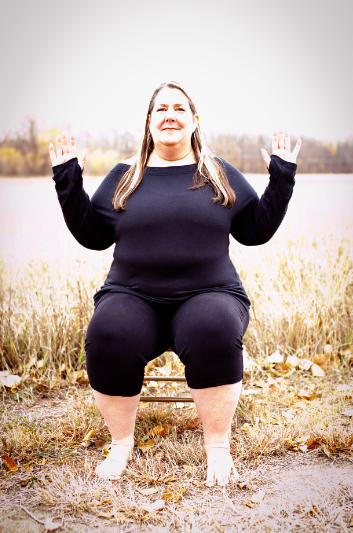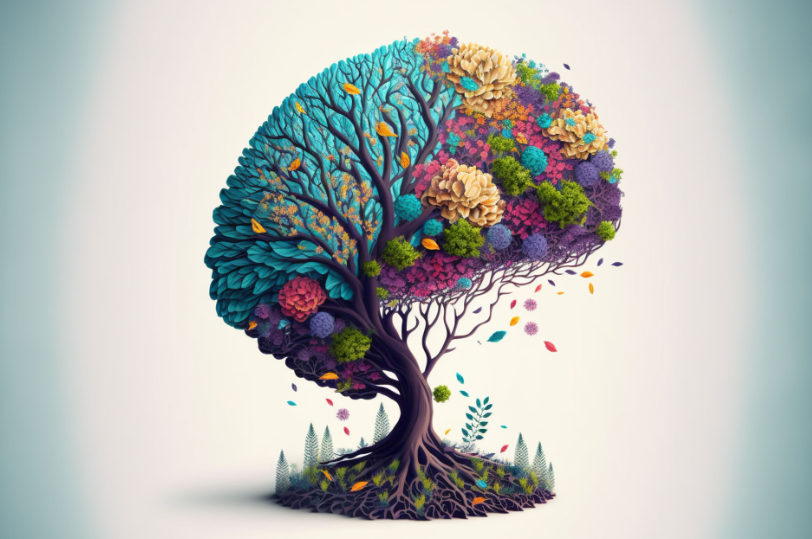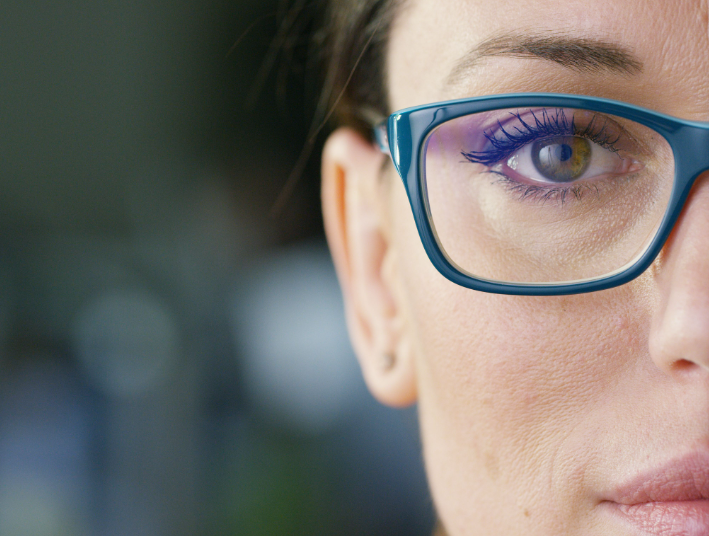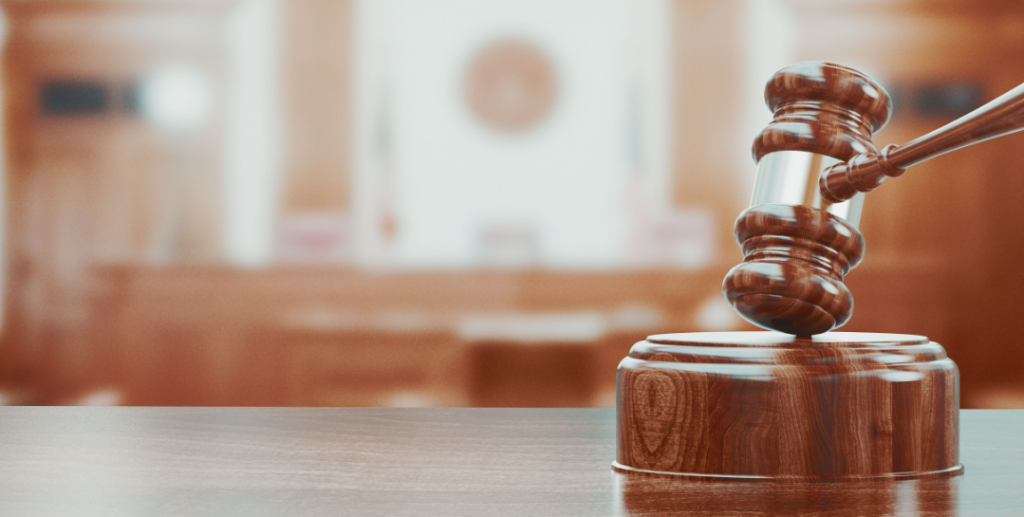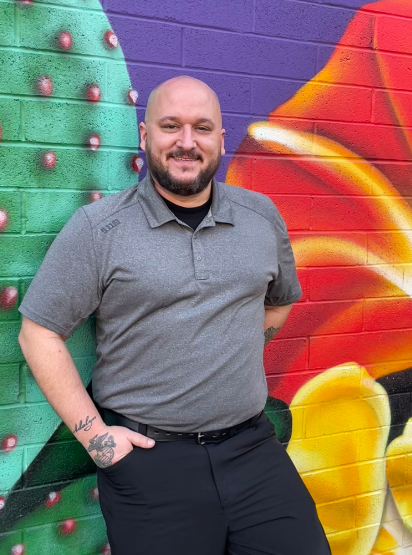by James A. Heuer, PA
Our law firm helps numerous individuals who have been injured in car crashes or involved in a slip and fall resulting in a head injury.
I meet with all of our clients, and I meet with the majority of them when they first come to the office so I can get a full history of their symptoms.
It is not at all uncommon for someone to come with a headache that started moments after they were struck by a car. In reviewing their symptoms with them, I start at the top of their head and go all the way down so we do not miss a body part. Since the focus initially is on the head, I ask about any problems they have with concussion-type symptoms.
Many people I meet with show visible signs of stress that I attribute to a headache. In my interview, I ask “Do you have a headache?” They usually respond in the affirmative and I explain that I could tell by seeing at the tension in their face.
We then spend some time going through the concussion symptoms to find out if the individual struck their head or not. Often, individuals do not strike their heads but still have concussions as a result of being hit by a car.
Then I ask about the headaches. We talk about blurred vision, hearing issues, jaw pain, and other symptoms that are common in those that have been hit from behind or crashed into by another vehicle.
The following discussion focuses on some headache locations. It is not a medical diagnosis but rather a discussion in layman’s terms about the types of headaches and what they are usually called.
I hope this information and the other information you find in this magazine are helpful on your journey to healing.
There are many types of headaches and for the purpose of this article we will focus on the top six, defining the type, location, and the accompanying symptomatology.
- TMJ (Temporomandibular joint)
The muscles of the TMJ follow a path along your jaw and cheeks and can cause pain and headaches. For example, when you grind your teeth the muscles located in your jaw tense and the tension can radiate along your cheeks and on the top of your head causing a headache.
- A TMJ type of headache is most likely accompanied by additional symptoms such as:
• Restricted jaw movement
- A “clicking” noise in the jaw
- Facial/jaw pain
- Alteration in bite (how your top/bottom teeth meet together)
- Sinus Headache
Sinus headaches present themselves with pressure around the eyes, cheeks, and forehead or an infection in the sinuses. The sinuses are cavities in the skull that connect with the nasal cavities.
Sinus headaches may show the following signs:
- Pressure, pain, and “fullness” located in your forehead, brow, or even your cheeks
- The pain/pressure increases if you lean/bend forward or lay down
- Fatigue, stuffy nose, and/or your teeth have a sore feeling
- Cluster Headache
Cluster headaches will wake you up in the middle of the night with excruciating pain in or around one eye and usually come without any warning. They can last weeks or months. They get their name from the recurring attacks, which are also called cluster periods.
Common symptoms that occur during the headache are:
- Debilitating pain that is typically around or behind one eye but also can be found in other areas of the face
- Facial or forehead swelling on the affected side
- Eyelid drooping on affected side
- One-sided pain
- Tension Headaches
Tension headaches, the most common type of headache, are typically described as feeling like there’s a band around your head. These headaches are divided into two categories:
- Episodic, lasting approximately a half hour to a week. They can eventually lead to a chronic tension headache condition
- Chronic, lasting hours and occuring 15 days or more a month for three months
Symptoms that can describe a tension headache include:
- Sensitivity on your scalp, neck, and/or shoulder muscles
- Aching head pain; dull
- Feeling of “pressure” on your forehead or back of head
- Migraine Headache
Migraines are often described as excruciating pain typically located on one side of the head. They can last for hours or days and greatly impact activities of daily living. They typically are accompanied by sensitivity to light and sound as well as nausea and vomiting.
Some migraine sufferers will experience a “warning” of the impending migraine in the form of an “aura.” This can happen right before the headache or in concurrence. People can experience flashes of light, blind spots, or even a tingling feeling in the face or extremities.
Migraine symptoms can progress through four stages but not always.
A) Prodrome — a day or two prior to experiencing the migraine, possible mood or food changes can be identified, and/or there may be increased thirst and frequent urination. Those are just a few of the possible symptoms.
B) Aura — as noted previously, some people experience visual disturbances and a “tingling” feeling. There may also be numbness or weakness on one side of the body. Some people report hearing music or noise while others may experience difficulty speaking
C) Attack — an attack migraine can last anywhere from 4 to 72 hours. During the attack, pain in the head typically “throbs or pulses” and there is noticeable sensitivity to light and sound as well as touch and smell with accompanying nausea and vomiting.
D) Post-drome is the period following the migraine “attack” in which you may feel confused, exhausted, or the opposite — you may feel euphoric
6) Neck Migraine
Cervicogenic headache pain develops in the neck. Cervicogenic headache is in the cervical spine (neck) or base of the skull while a migraine headache is rooted in the brain. It can be difficult to differentiate between the cervicogenic headache and the migraine headache because symptoms are very similar such as light and noise sensitivity and blurry vision.
Cervicogenic headaches are actually caused by problems with muscles, nerves, or bones in your neck and the symptoms can include:
- Pain around your eyes
- Pain on one side of your face or head
- Certain neck positions or movement increase the headache pain.
James A. Heuer, PA is a personal injury attorney helping individuals with TBI after suffering one himself, he is located in Minneapolis, Minnesota.



